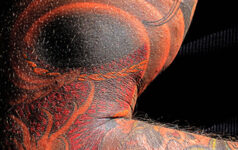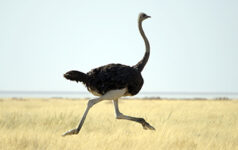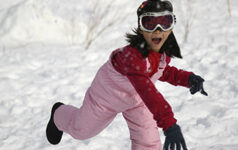Articles
Showing 9 results from a total of 9
When we watch elite runners breaking world records, we rarely think about the chemistry and physics of the running tracks.
Sporting success requires hard work and talent, and there’s an awful lot of physics determining the perfect shot.
Cell’s movements are important in health and diseases, but their speed is the crucial point for the 2013 World Cell Race organised by Daniel Irimia.
We all know that exercise makes us fitter and healthier – but what changes take place in our cells to make this happen?
What makes ostriches such fast runners? Nina Schaller has spent nearly a decade investigating.
Students often find it difficult to calculate the trajectories of projectiles. With the help of Elias Kalogirou’s model, they can be easily visualised. In addition, Ian Francis suggests further uses for the model in the classroom.
Can you play world-class sport, and also be part of a team that tries to understand the nature of our Universe? Yes – just ask Tamara Davis. Henri Boffin from ESO talked to her in Copenhagen, Denmark.
On track: technology for runners
Sports in a spin
Making the right moves
On your bike: how muscles respond to exercise
Birds on the run: what makes ostriches so fast?
Going ballistic: modelling the trajectories of projectiles
“Intelligence is of secondary importance in research”






























